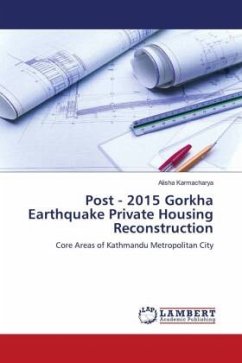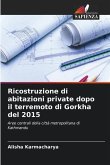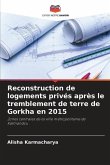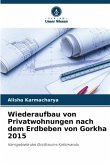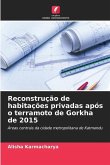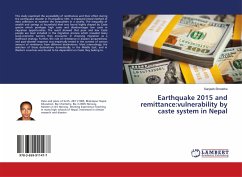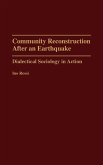Housing after a disaster is referred to as the reconstruction or rehabilitation of housing damaged by any disaster event. Reconstruction of housing allows the affected people to have a secure and private space to return to their normal lives. Likewise, the reconstruction process after the 2015 Gorkha earthquake is mostly focused on physical recovery. But cities are not just a collection of buildings but are their people and how they interact with each other. The core area of Kathmandu is taken as the area of research. From a traditional core to an urban core, there is a huge paradigm shift in the way of living of people living in the core area of Kathmandu. The literature review shows that urbanization, globalization, demand for urban services, and economic gain are major factors for this change. A trend is seen that the new buildings have been constructed in a new style with disregard to the identity of the place. The reconstruction process is taken as an opportunity to rebuild traditional houses into contemporary one. There are multiple generations living in a same house that their forefathers constructed. With division of houses between the siblings, houses have become smaller.
Bitte wählen Sie Ihr Anliegen aus.
Rechnungen
Retourenschein anfordern
Bestellstatus
Storno

